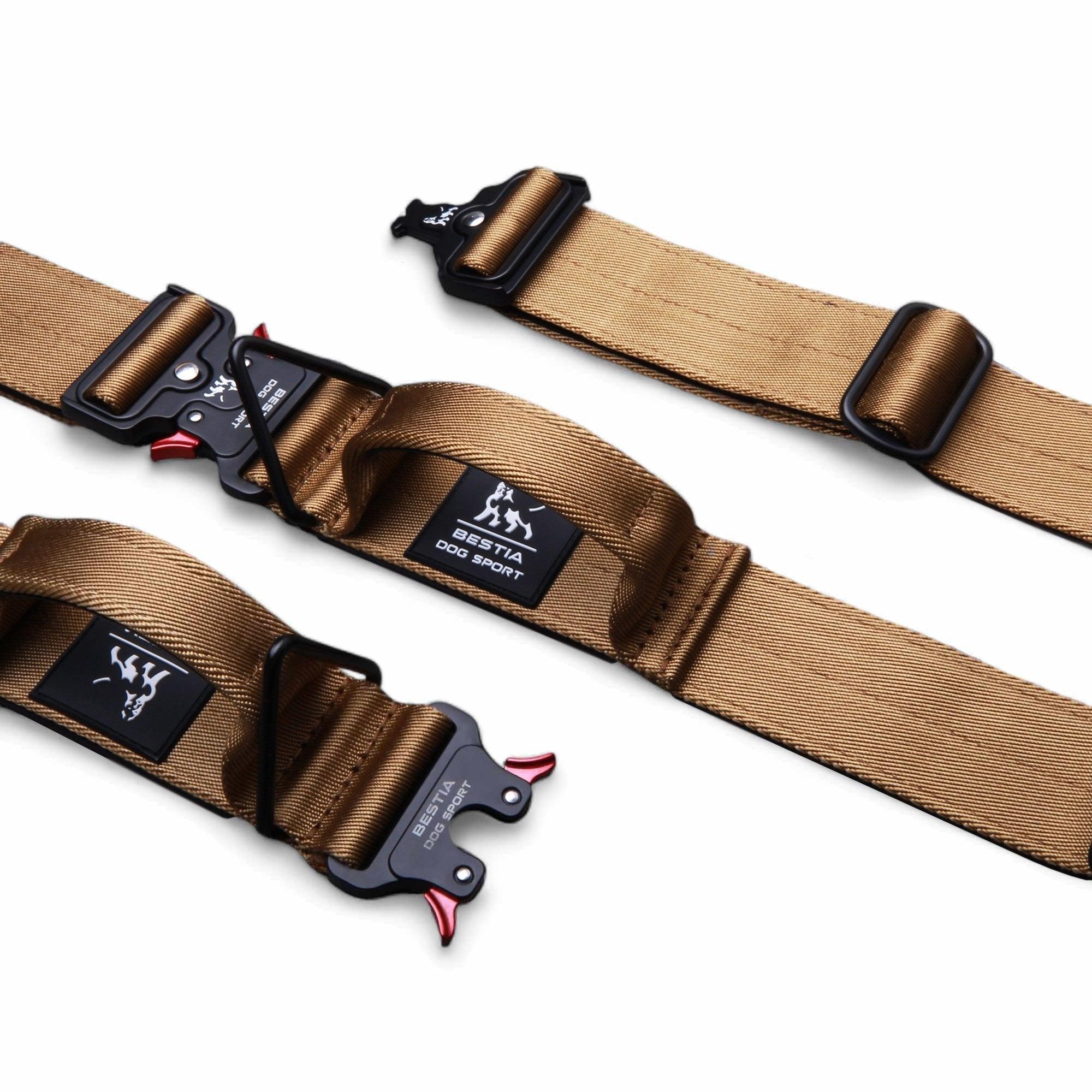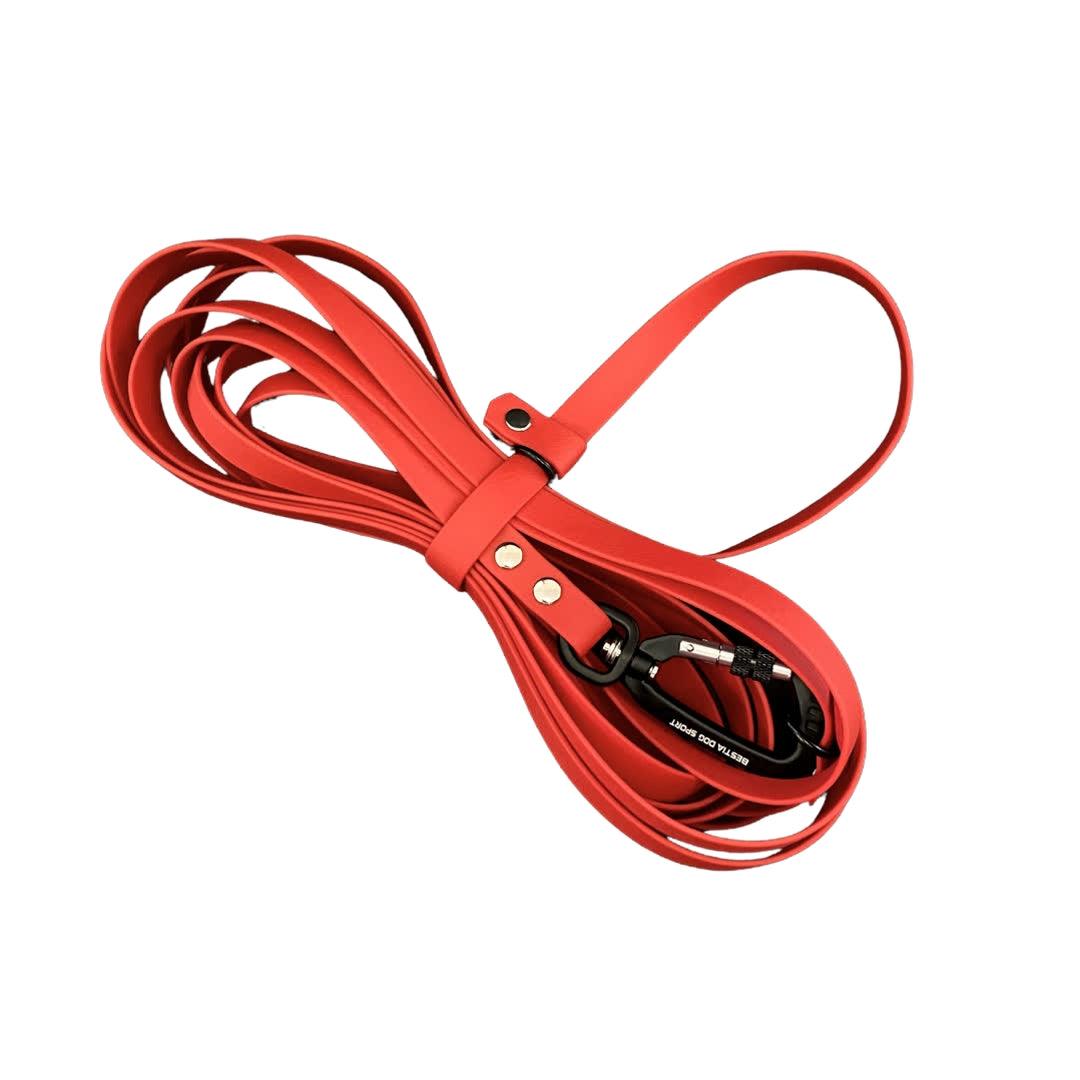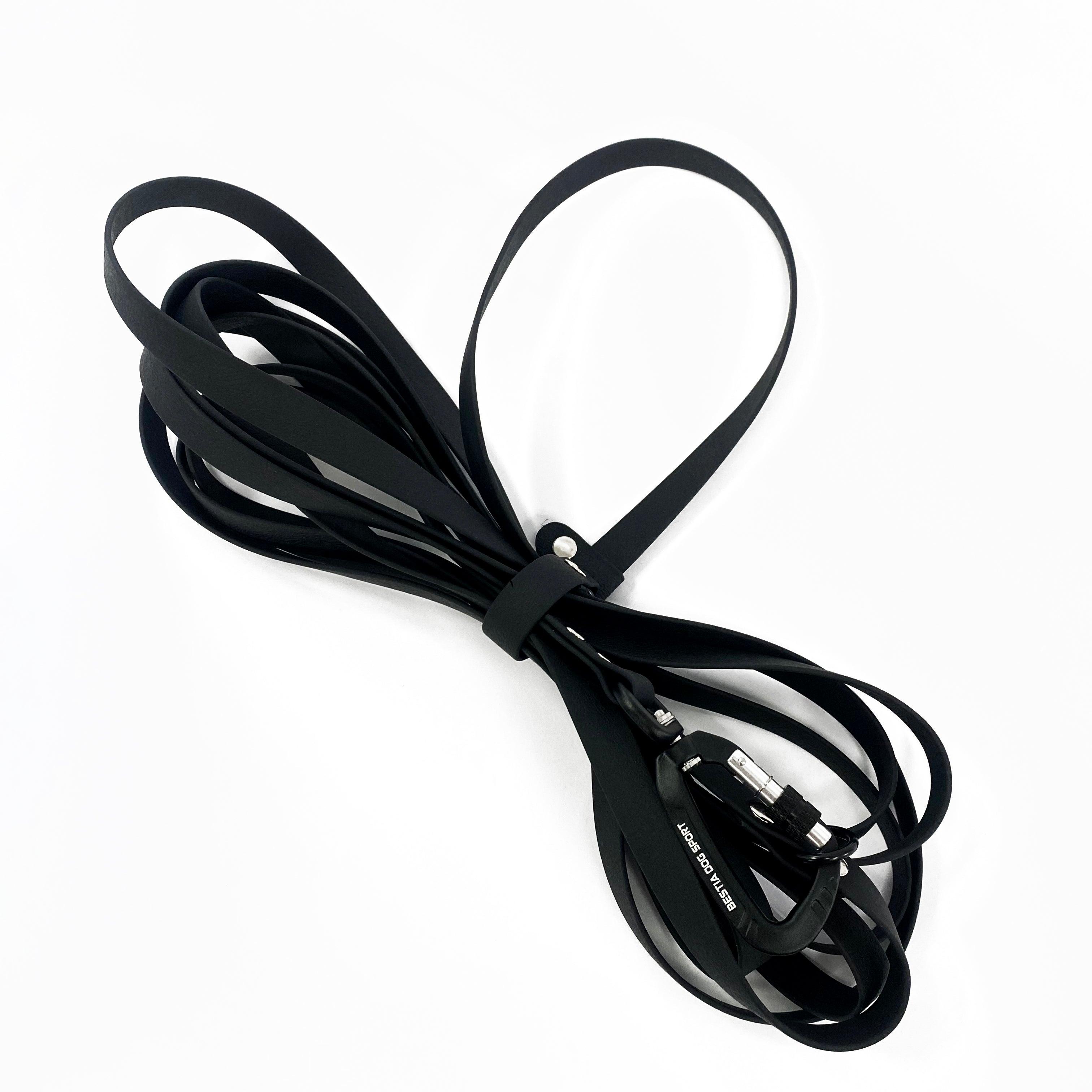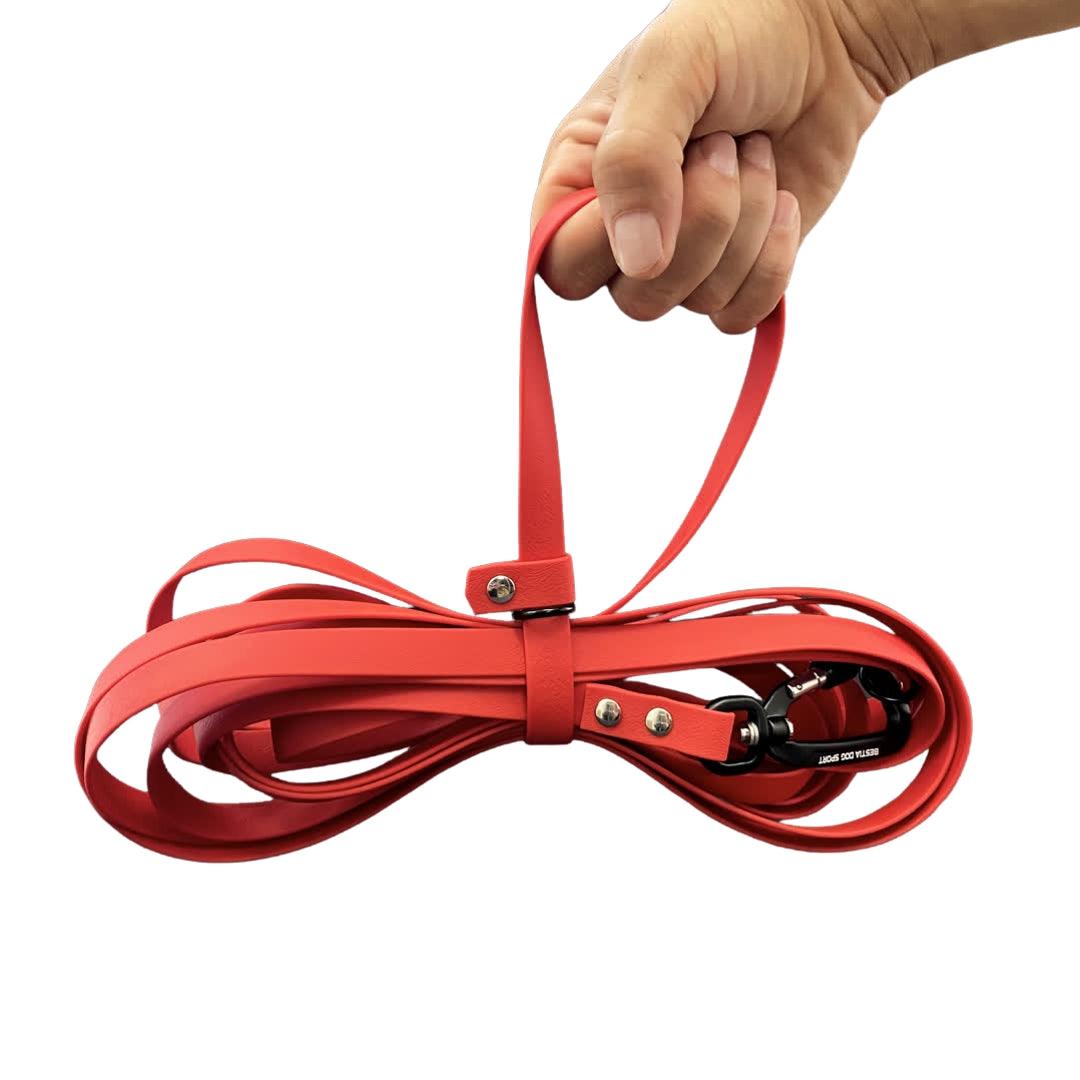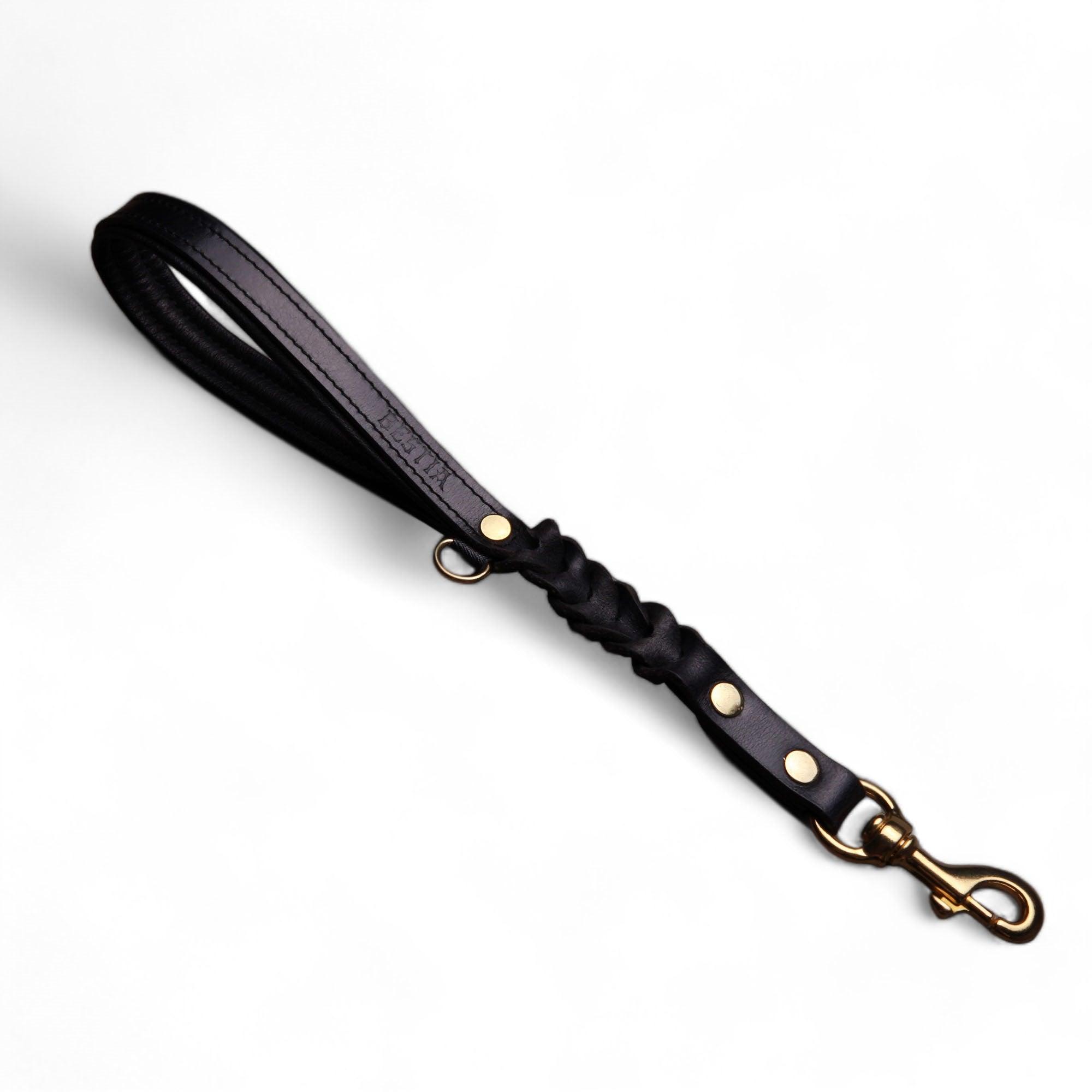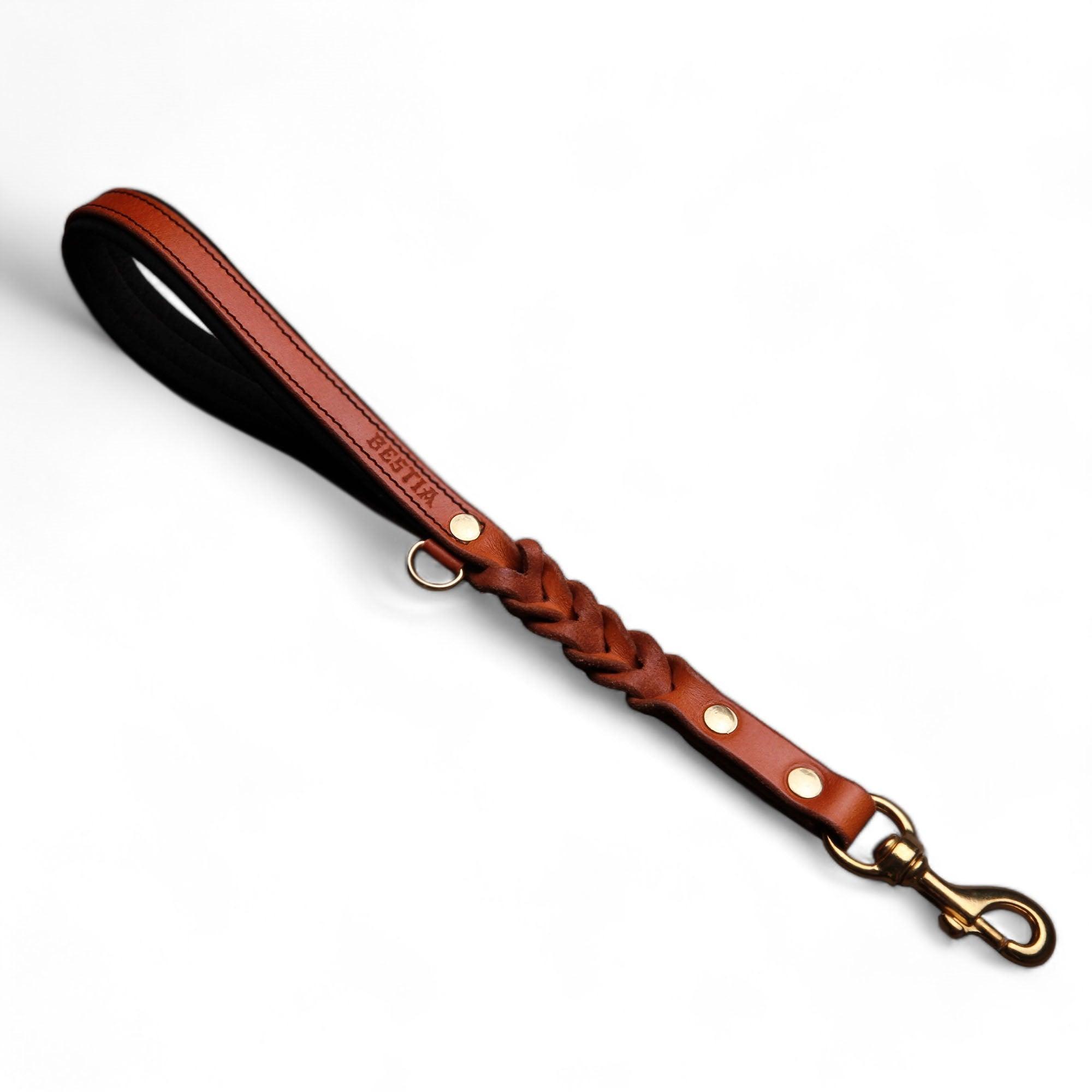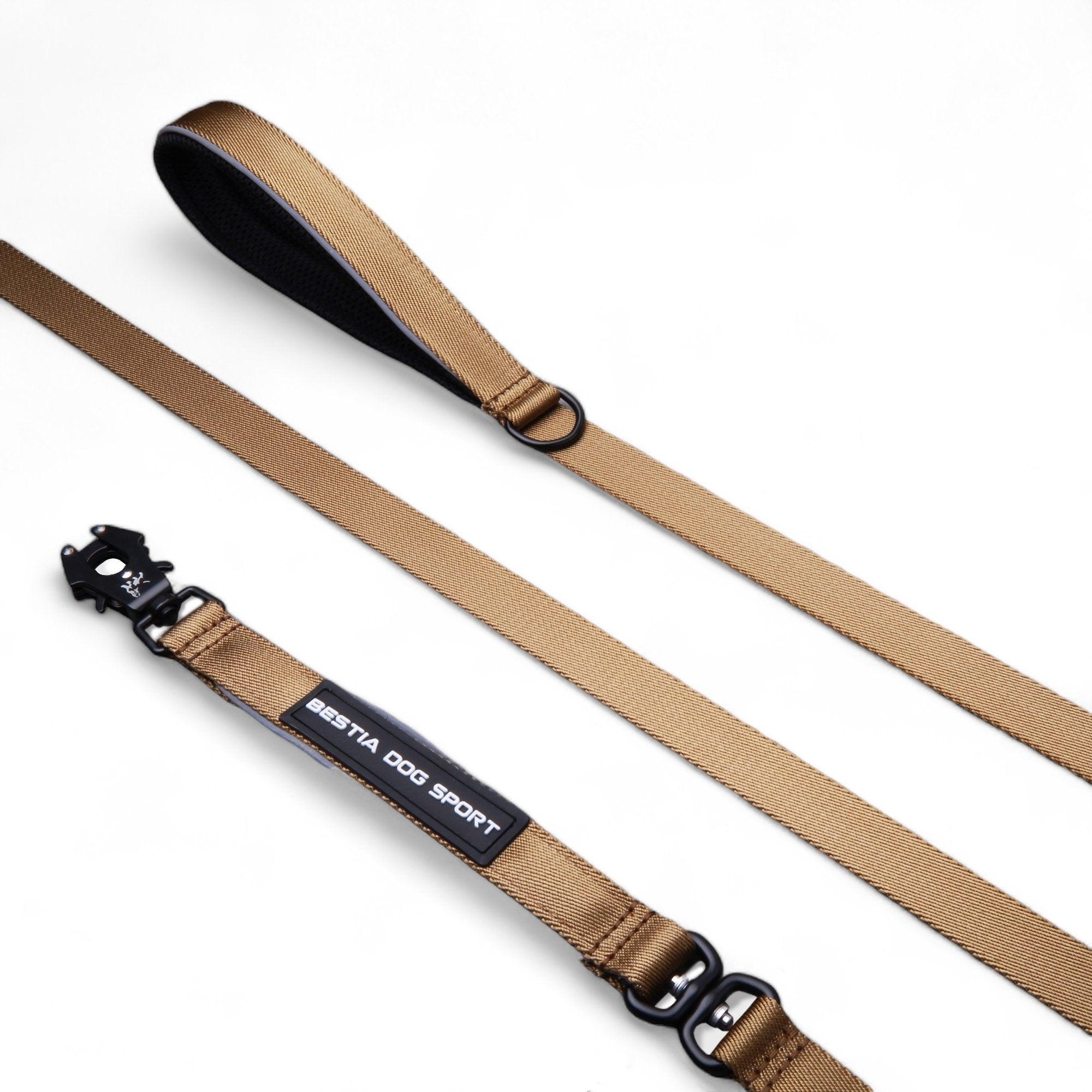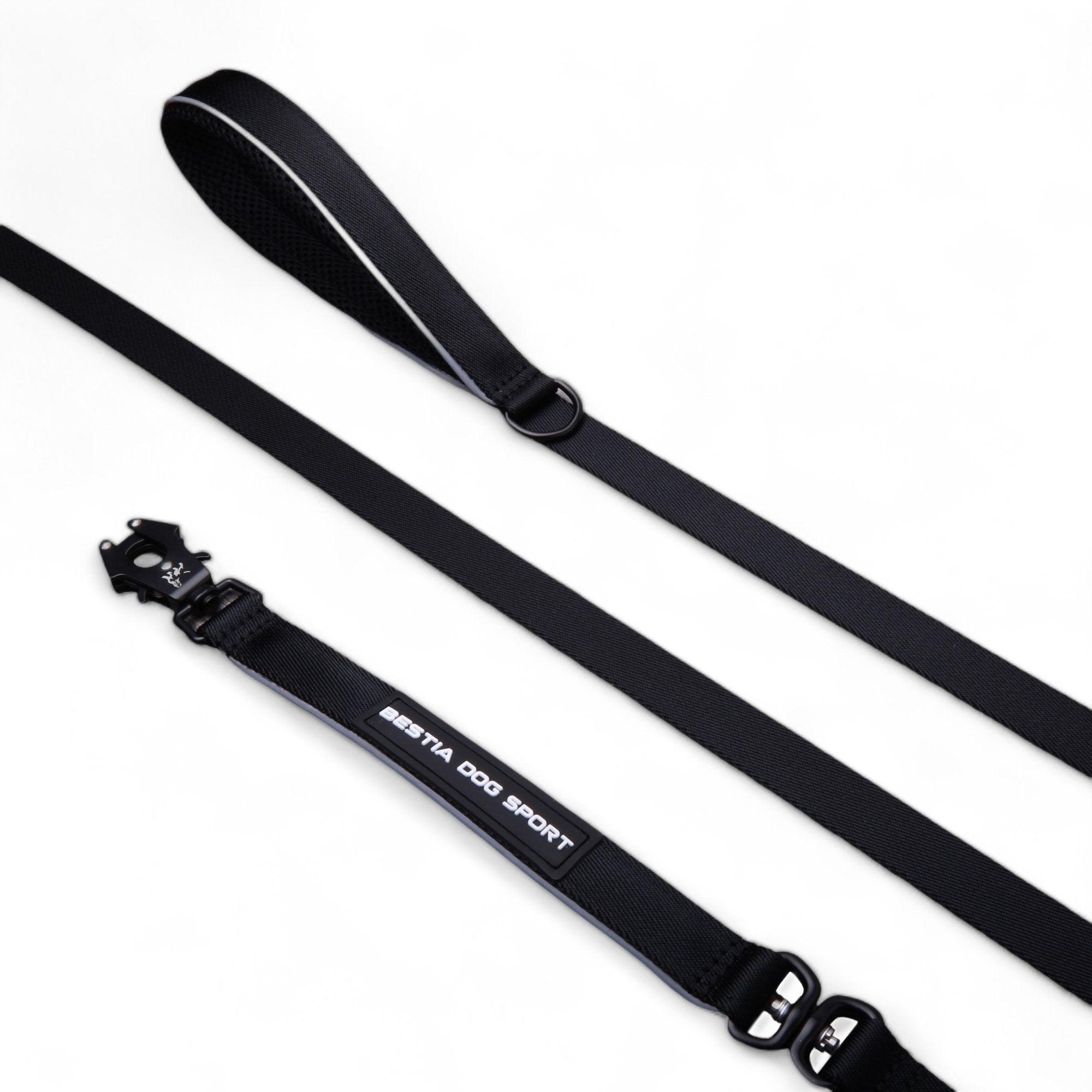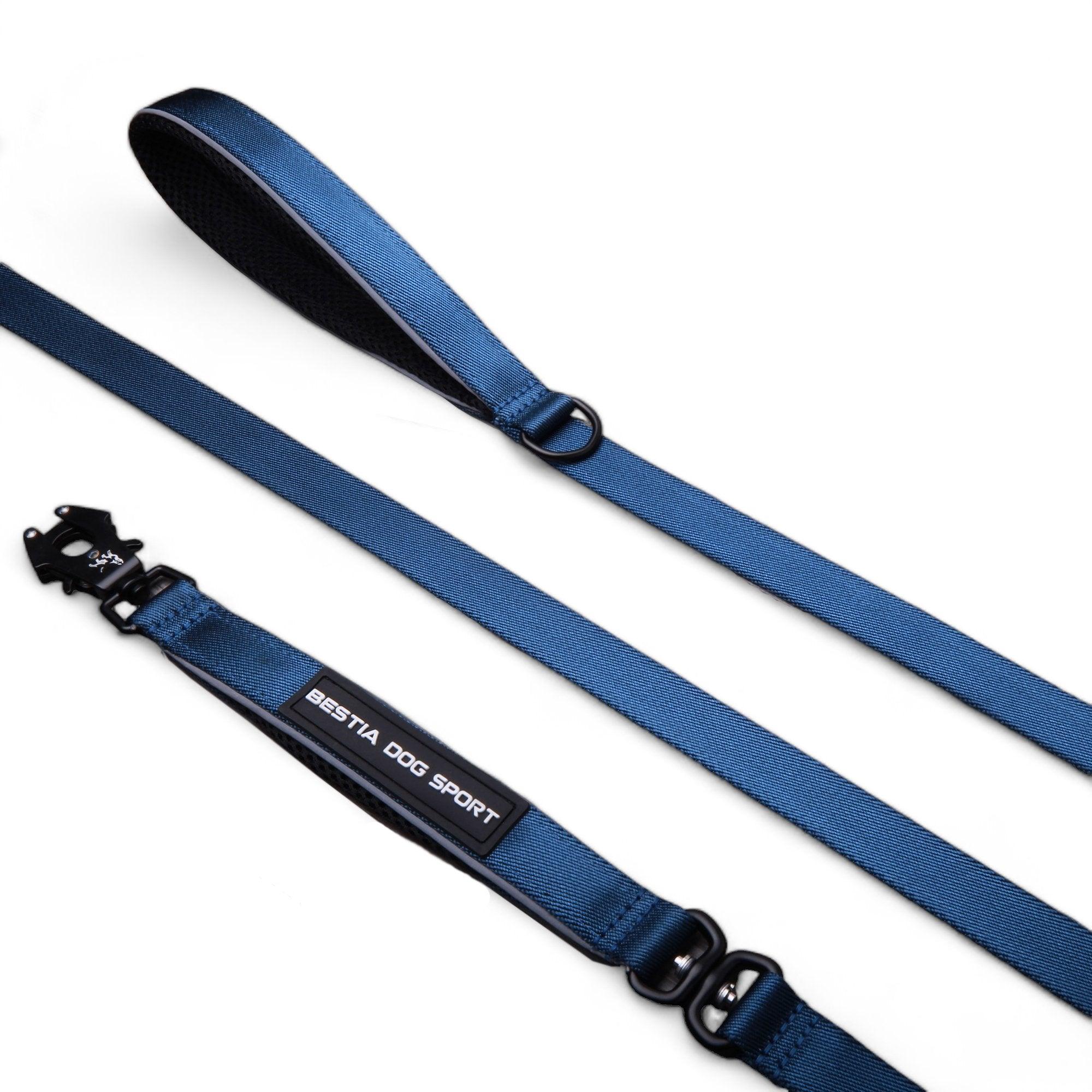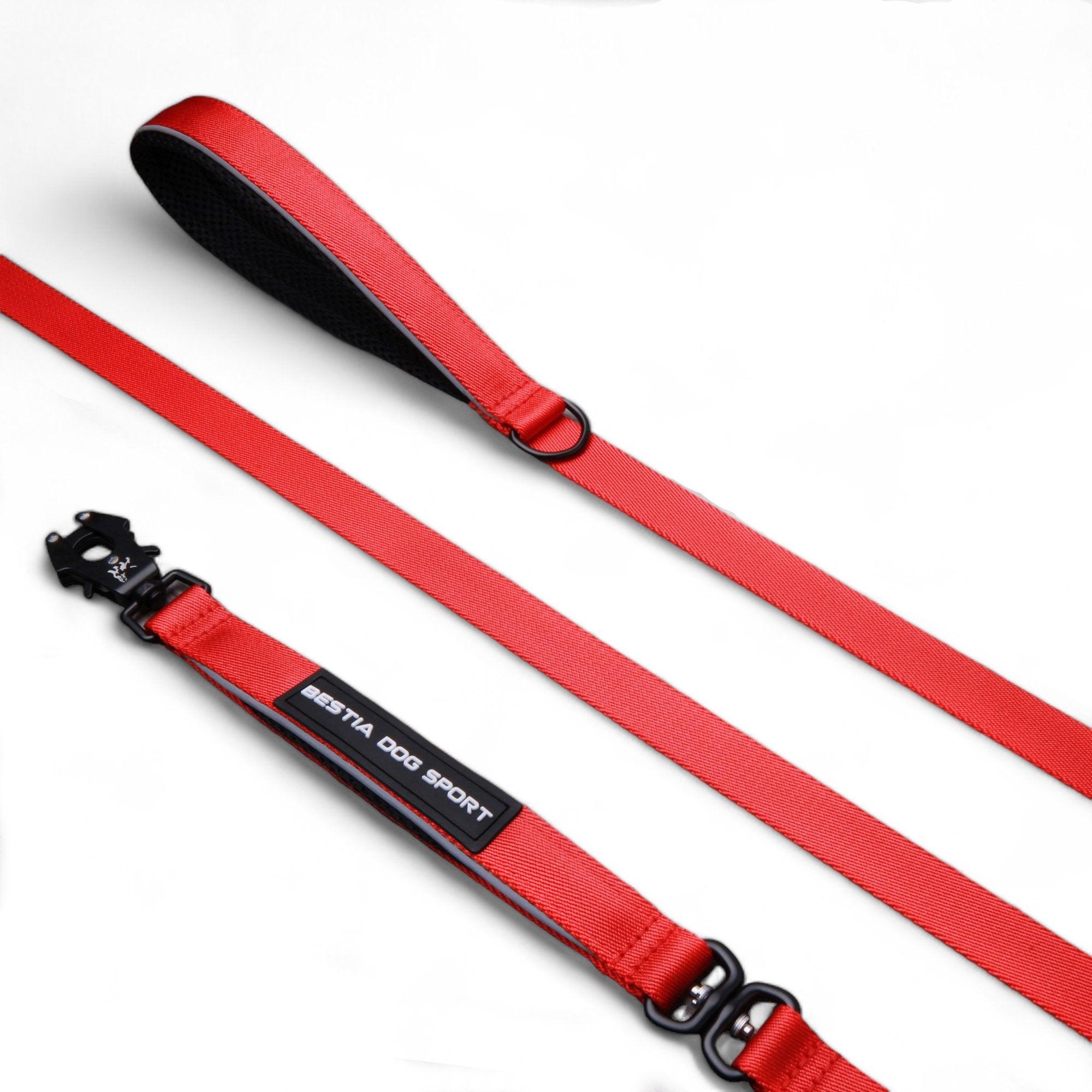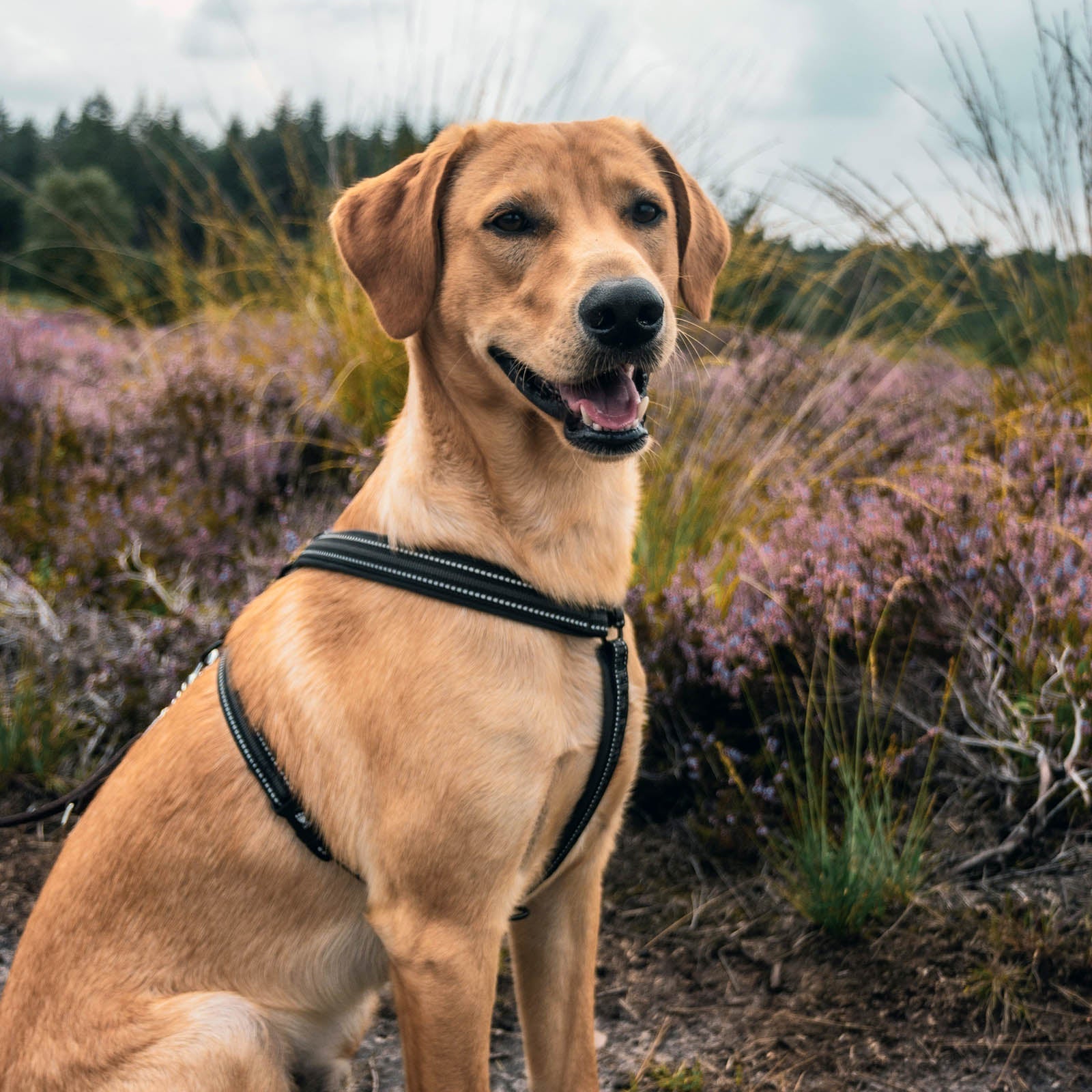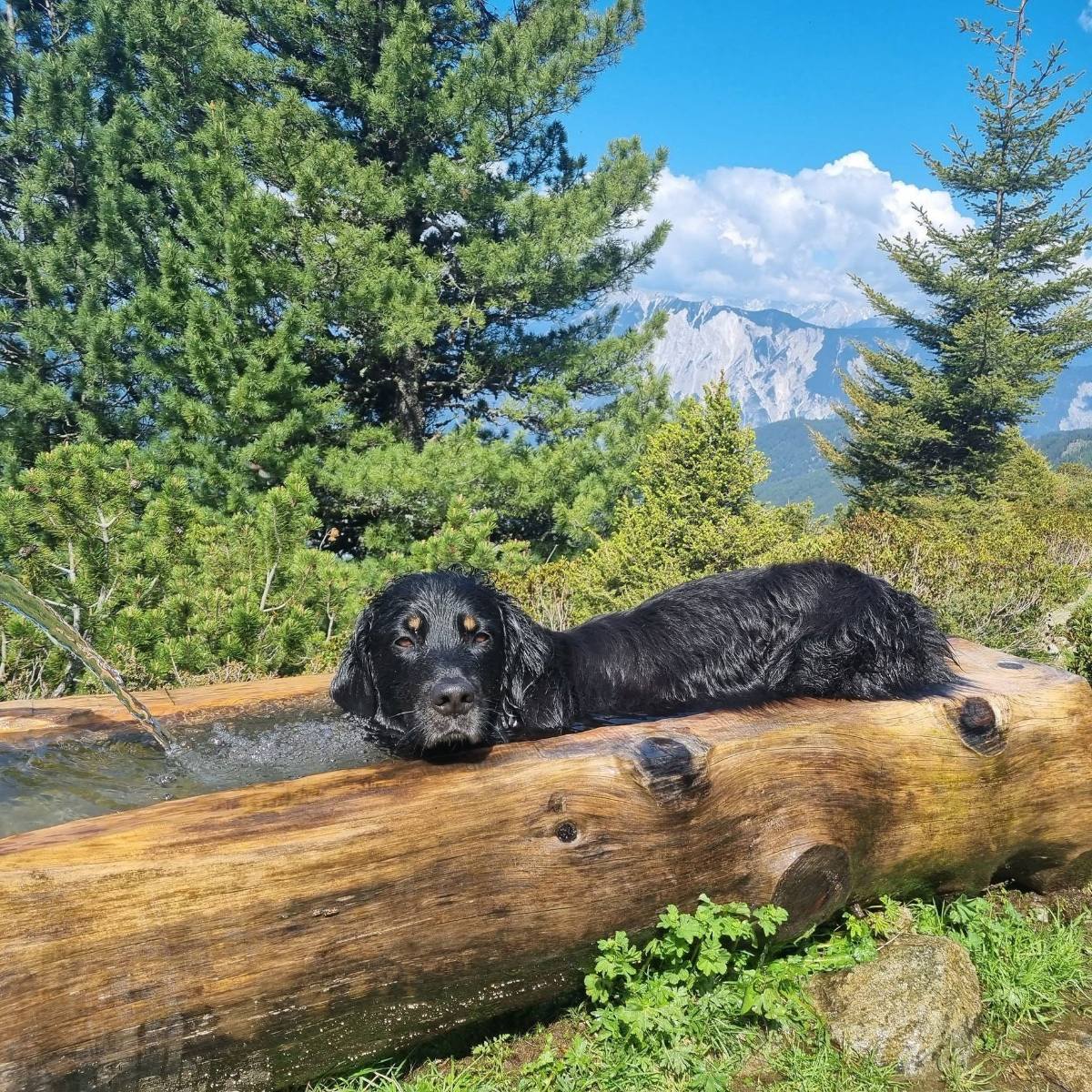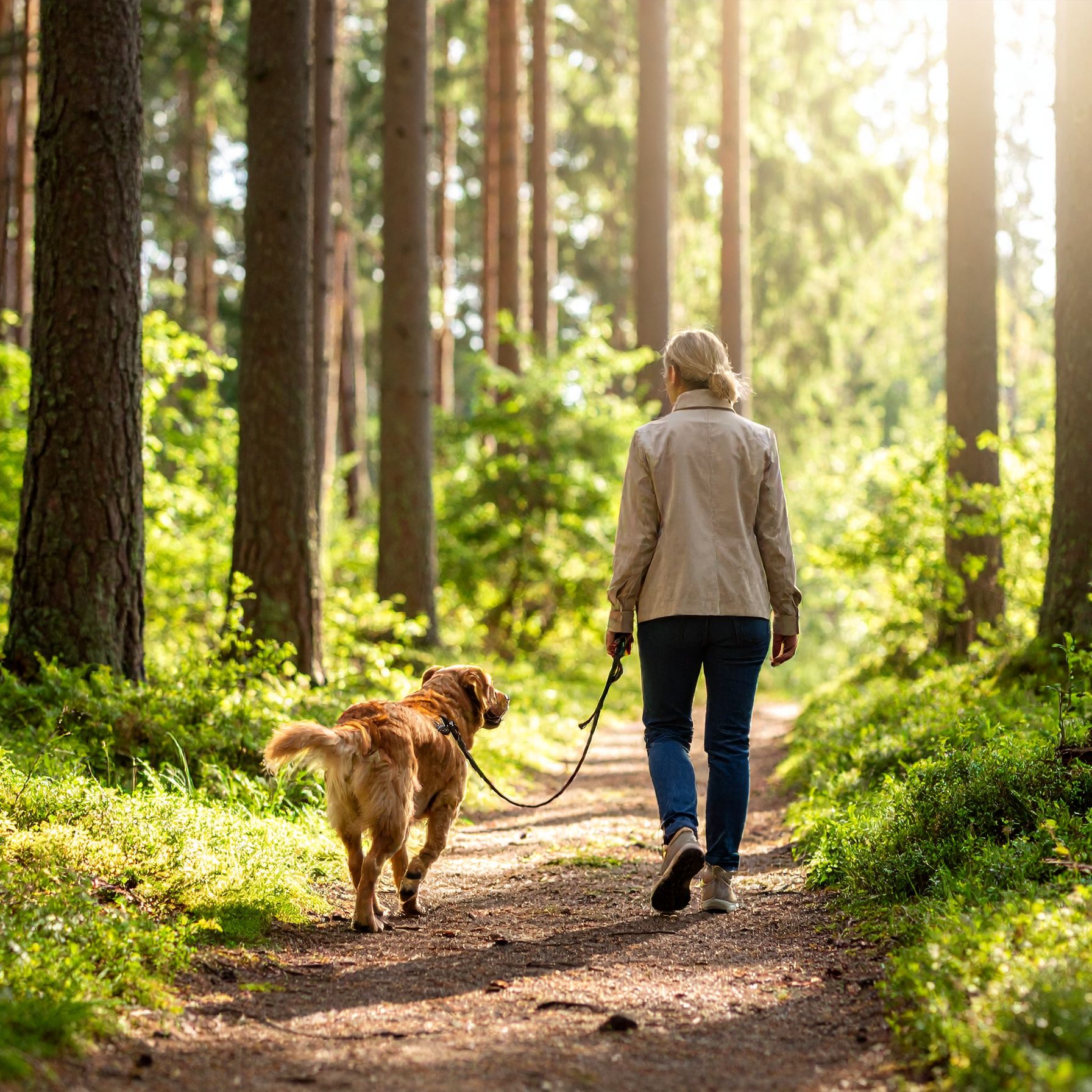You're out with your dog, looking forward to a relaxing walk – but instead of strolling together, your dog pulls forward like a little tractor. 😅 Sound familiar? Don't worry, you're not alone. Leash pulling is a common problem, especially with young or very active dogs.
The good news: With patience, training, and the right equipment, you can overcome this together. Here you'll learn why dogs pull on the leash – and get 5 tried-and-tested tips to make your walks more enjoyable again.
1. Understand why your dog pulls on the leash
In most cases, pulling on the leash isn't a sign of dominance or disobedience—it's a completely natural behavior. Dogs are curious, want to sniff, meet other dogs, or simply get to their destination quickly.
Many dogs have simply never learned what leash walking actually means. Especially dogs from rescues or young dogs often lack orientation toward humans, especially outdoors when there are many stimuli.
🔍 Our tip: Pay attention to the situations in which your dog particularly pulls: Is it in certain places, around other dogs, or when there's an exciting smell? This understanding is the basis for targeted training.
2. Consistency & clear communication
Dogs need clear signals – and the same ones every time. If you sometimes tolerate pulling and sometimes not, you'll confuse your dog. The goal is for the dog to learn that he can only move forward if the leash remains loose.
Use a clear command like "Come," "Slow," or "Heel," and be consistent. Do you follow along? Do you lose patience? Or do you praise him when he briefly walks beside you? You are the calm, sustainable anchor in your team.
🔁 Caution: Scolding or jerking on the leash usually leads to stress – not to understanding.
3. The reversal technique – or: patience runs ahead
Does your dog pull forward? Stop.
Or: Turn around without saying a word and go in the opposite direction.
Again and again. Yes, it feels difficult at first. But your dog learns: "Pulling won't get me where I want to go—quite the opposite."
This technique doesn't work immediately, but it is one of the fairest and most effective ways to teach your dog to orientate towards you.
🎓 Training tip: Practice this first in a quiet environment – not directly on the crowded dog walk or during an exciting walk in the woods.
4. Reward for desired behavior
Dogs learn through positive reinforcement. If your dog walks casually, stays beside you, or makes eye contact on his own, reward him!
A treat, a joyful “Good!”, a short game – all of this reinforces his behavior.
The leash shouldn't be a "forced rope," but rather a bond based on trust. The more your dog orients itself toward you, the better the relationship will be.
🐶 Practical tip: Carry small reward treats in an easily accessible pocket – this way you can react immediately when your dog does something right.
5. The right equipment can help
While training is key, the right accessories make a huge difference. For dogs who still pull on the leash, we recommend a well-fitting, pressure-free chest harness —it protects the neck and spine and gives you more control without uncomfortable pressure. A medium-length leash (1.5–2 m) also creates space for clear communication.
⚠️ Important: Avoid choke chains or traction collars – they do more harm than good.
🌿 In our Wildhound shop you will find carefully selected leashes and harnesses that combine functionality and sustainability – for a relaxed relationship on the leash.
Conclusion: Leash training is a path – not a sprint
Patience, clarity, and trust are the keys to a harmonious walk. You are the role model your dog follows. And every little progress is a reason to celebrate – for both of you.
Stay tuned, stay connected – and enjoy your outdoor adventure together. 🐾🌲


